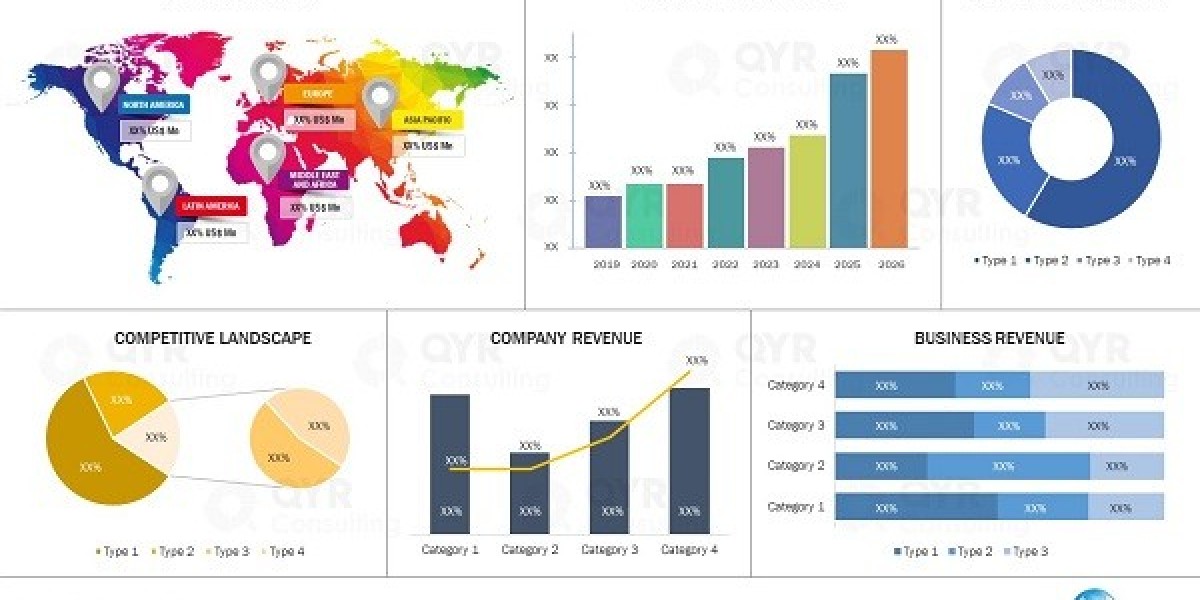Unlocking the Secrets of PNP Germanium Transistors: Why They’re a Game Changer in Electronics!
In the vast landscape of electronics, transistors play a pivotal role in amplifying signals and switching applications. Among the various types of transistors, the PNP germanium transistor stands out due to its unique properties and historical significance. This article aims to delve into the fascinating world of PNP germanium transistors, exploring their characteristics, applications, and how they compare to other transistor types. By understanding these aspects, we can appreciate the pivotal role they have played in shaping modern electronic devices.

Understanding PNP Germanium Transistors
PNP germanium transistors are a type of bipolar junction transistor (BJT) that utilize germanium as the semiconductor material. In a PNP transistor, the current flows from the emitter (P-type) to the collector (also P-type) with the base (N-type) acting as a control element. This configuration allows for the amplification of electrical signals. Germanium, being a group IV element, possesses a lower energy band gap compared to silicon, making it an excellent choice for certain applications, particularly in low-voltage environments. Unlike silicon, germanium transistors are more sensitive to temperature variations, which can affect their performance. Understanding the operational mechanics of these devices is crucial as they provide insights into their functionality and where they can be effectively employed.
Characteristics of PNP Germanium Transistors
PNP germanium transistors exhibit several notable characteristics that define their performance. One of the key features is their current amplification factor, which indicates how much the transistor can increase the input current. Typically, germanium transistors have a higher gain than their silicon counterparts, especially at low frequencies. Voltage ratings for PNP germanium transistors are generally lower, with most devices operating effectively under 30 volts. Thermal stability is another important characteristic; while germanium transistors tend to have higher thermal sensitivity, they can operate efficiently in less demanding thermal environments. However, these advantages come with certain drawbacks, including higher leakage currents and a greater susceptibility to noise compared to silicon transistors. This intricate balance of pros and cons makes PNP germanium transistors suitable for specific applications where their unique characteristics can be fully utilized.
Applications of PNP Germanium Transistors
PNP germanium transistors have found a niche in various electronic applications, particularly in audio equipment and radio frequency technologies. For instance, many vintage audio amplifiers and radios utilized PNP germanium transistors due to their superior sound quality and low distortion levels. Additionally, in the realm of older technology, these transistors were favored in early computing devices and signal processing equipment. Their ability to amplify weak signals made them ideal for applications where signal integrity is paramount. A friend of mine, an avid collector of vintage radios, often emphasizes the warm sound quality produced by these transistors, attributing much of the charm of his collection to their unique characteristics. While modern advancements have led to the prevalence of silicon transistors, PNP germanium transistors continue to hold a special place in the hearts of enthusiasts and collectors alike.
Comparison with Other Transistor Types
When comparing PNP germanium transistors with their NPN germanium counterparts, the primary distinction lies in the direction of current flow. While both types can amplify signals, NPN transistors tend to have a higher speed and efficiency, making them more suitable for high-frequency applications. In contrast, silicon transistors have become the dominant choice in contemporary electronics due to their improved thermal stability, higher voltage ratings, and lower noise levels. Although PNP germanium transistors may lag behind in some aspects, they excel in specific contexts, particularly in audio applications where their unique sound characteristics are highly sought after. The choice between these transistor types ultimately depends on the specific requirements of the application, underscoring the importance of understanding their individual strengths and weaknesses.
Significance of PNP Germanium Transistors
In conclusion, PNP germanium transistors are an essential component in the history and development of electronic devices. Their unique characteristics, such as high current amplification and distinct thermal properties, make them invaluable in certain applications, especially in vintage audio equipment. While they may not dominate the landscape of modern electronics, their significance cannot be overlooked. As technology continues to evolve, exploring and understanding the roles of various transistor types, including PNP germanium transistors, can lead to innovative applications and a deeper appreciation for the foundations of electronic engineering. Whether you're an electronics hobbyist or a seasoned engineer, there's always more to discover about these fascinating components.








